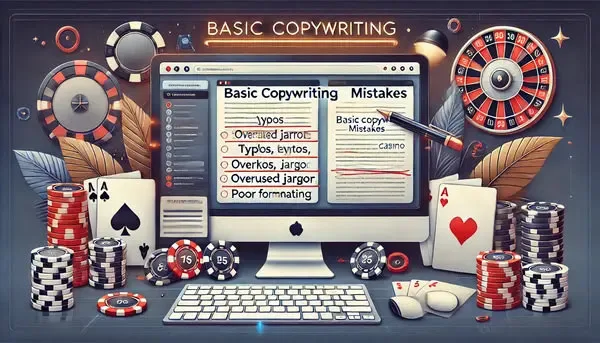
Crafting Content with Purpose: Selecting Your Audience Wisely
In the world of copywriting, understanding and choosing your audience is as crucial as the content itself. This guide aims to shed light on the art of identifying and targeting the right audience, ensuring that your content resonates and achieves its intended purpose. Whether you’re crafting a marketing campaign, writing a blog, or developing a corporate communication, the principles of audience selection remain fundamental. This article is designed to aid content creators and marketers aged 25 to 65 in navigating the complexities of audience segmentation and engagement.
Understanding Your Audience
Knowing your audience is the first step in creating effective content. This involves researching demographic details like age, gender, profession, and interests. Understanding the pain points, desires, and behavior of your audience helps in tailoring content that speaks directly to them.
Creating audience personas can be an effective strategy. These are fictional representations of your ideal customers based on real data and educated speculation. Personas help in visualizing the audience, making it easier to create targeted content.
Moreover, staying updated with your audience’s changing preferences is vital. Regular interaction through social media, surveys, and feedback can provide insights into their evolving needs and opinions.
Segmenting Your Audience
Audience segmentation involves dividing your audience into smaller, more manageable groups based on shared characteristics. This approach allows for more personalized and relevant content creation. Segmentation can be based on demographics, psychographics, behavioral patterns, or geographical locations.
For instance, a health and wellness blog might segment its audience into fitness enthusiasts, diet-conscious individuals, and those seeking mental well-being advice. Each segment would require a different content strategy to effectively engage them.
Aligning Content with Audience Needs
Once the audience is segmented, the next step is aligning your content with their needs and preferences. This involves creating content that not only informs but also engages and persuades. Understanding the language, tone, and format preferred by your audience is key.
Additionally, considering the platforms where your audience is most active is crucial. A younger demographic might be more engaged on social media platforms, whereas a professional audience might prefer LinkedIn or email newsletters.

Testing and Adapting Your Strategy
It’s important to remember that audience preferences can change. Regularly testing and adapting your content strategy is essential. This can be done through A/B testing, analyzing engagement metrics, and staying attuned to feedback.
Adapting your approach based on these insights ensures your content remains relevant and effective in engaging your audience.
Conclusion: The Power of the Right Audience
Choosing the right audience is a powerful tool in the arsenal of any content creator. It’s the difference between content that gets lost in the digital noise and content that truly connects and converts. By understanding, segmenting, and aligning your content with your audience, and continually adapting your strategy, you can create content that not only reaches but also resonates with your intended audience.




